A century of Disney
How the House of Mouse grew from an animation studio into a global entertainment giant
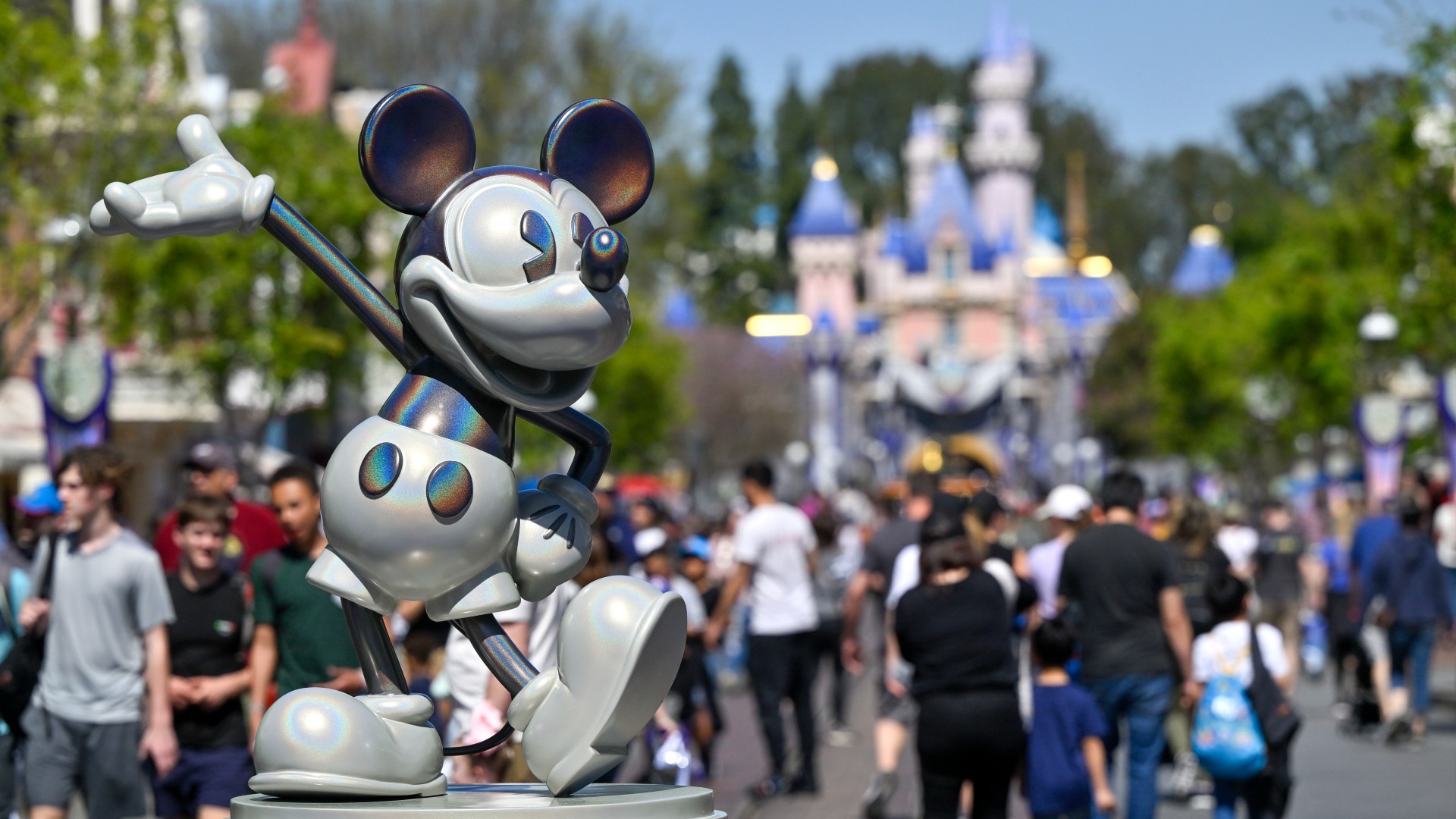
How the House of Mouse grew from an animation studio into a global entertainment giant. Here's everything you need to know:
How big is Disney?
With a market value of some $150 billion, the Walt Disney Co. is now the world’s second-largest media empire — behind only NBCUniversal owner Comcast. Founded by brothers Walt and Roy Disney in Los Angeles on Oct. 16, 1923 and once best known for animated movies and theme parks, the company over the past three decades has grown into a sprawling conglomerate. It snapped up ABC and ESPN for $19 billion in 1995; "Toy Story" maker Pixar in 2006; superhero juggernaut Marvel Entertainment in 2009; "Star Wars" producer Lucasfilm in 2012; and in 2019, it paid $71.3 billion for rival 21st Century Fox, home of "The Simpsons" and National Geographic. The company expanded into cruises in the 1990s and will soon add three more ships to its five-vessel fleet. The largest of these, the 6,000-passenger Disney Adventure, will set sail in 2025 and be based in Singapore — underlining Disney’s global ambitions. The key to the company’s worldwide success is how it brings consumers "into the fold" in childhood, said former Disney producer Don Hahn. "There’s a psychological and emotional response to Disney that others, Warner Bros. or Apple, don’t have."
Was Disney an immediate success?
In its early years, the brothers’ small animation studio repeatedly veered close to collapse. In 1928, Walt lost the rights to his first animated-shorts star, Oswald the Lucky Rabbit, along with most of the studio’s animators. Facing ruin, he came up with a new creation: Mickey Mouse. Audiences loved the cartoon rodent, but unfavorable contracts left little profit for Disney. Steady revenues started to flow in the 1930s, when the studio secured exclusive rights to the cutting-edge Technicolor system, which made its "Silly Symphony" series a crowd favorite and a seven-time Oscar winner. When Disney began work on a feature-length motion picture, many in Hollywood sneered that no one would sit through an 80-minute animated movie. But they did: 1937’s "Snow White and the Seven Dwarfs" took in more than $1 billion at the box office in today’s dollars. Subsequent releases such as 1940’s "Pinocchio" and "Fantasia" were well received but lost money because of high production costs. Government propaganda work kept the firm afloat through World War II, but real success arrived when the company began monetizing its intellectual property beyond the box office.
The Week
Escape your echo chamber. Get the facts behind the news, plus analysis from multiple perspectives.

Sign up for The Week's Free Newsletters
From our morning news briefing to a weekly Good News Newsletter, get the best of The Week delivered directly to your inbox.
From our morning news briefing to a weekly Good News Newsletter, get the best of The Week delivered directly to your inbox.
How did it do that?
In 1955, Walt fulfilled his dream of opening an amusement park, Disneyland, in Anaheim, California. Soon after, he debuted a kids’ variety show on ABC, "The Mickey Mouse Club," to promote and fund the venture. The park attracted 3 million guests in its first year and Disney’s gross income swelled from $27 million to $70 million over the next five years. Eager to replicate that success on the East Coast, Walt began buying up cheap swampland outside Orlando in the 1960s. Disney World opened there in 1971, five years after Walt’s death. More than 100 million people a year now flock to Disney parks in the U.S., Japan, France, and China, the latter of which has become a key growth market. CEO Bob Iger called the 2016 opening of the $5.5 billion Shanghai Disneyland — 57% owned by the Chinese government — "the biggest accomplishment of my career."
Is its movie business booming?
For a while, Disney was the undisputed king of the box office. Between 2016 and 2020, its studios released 16 movies that each took in more than $1 billion worldwide, with Marvel smash "Avengers: Endgame" grossing a whopping $2.8 billion. The only movie to gross more was 2009’s "Avatar," which, following the 21st Century Fox takeover, is now a Disney property. But in recent years Disney has churned out some pricey flops, including "Haunted Mansion;" "Indiana Jones and the Dial of Destiny;" and "Ant-Man and the Wasp: Quantumania," with audiences seemingly tiring of sequels, superheroics and theme park ride tie-ins. Iger needs to "fix the creative engines of the company," said media analyst Michael Nathanson.
Are there other problems?
Disney is locked in a battle for viewers with Netflix, Amazon and Apple, and has invested aggressively in streaming services Disney+, ESPN+ and Hulu, in which it owns a majority stake. But profit is a problem: Its streaming operation lost $512 million in the most recent financial quarter, bringing total streaming losses since 2019 to more than $11 billion. Disney acquired Fox to bulk up its streaming library, but that purchase left the company with a hefty debt pile, which now sits at about $45 billion. And the long ultra-profitable ESPN is struggling because of cable "cord cutting" and the soaring cost of sports broadcast rights.
How is Disney responding to those challenges?
With cuts. Iger, who served as CEO from 2005 to 2020 and returned to the top job last November, has announced plans to eliminate 7,000 jobs across Disney and reduce costs by $5.5 billion. ESPN and ABC’s sports division have undergone waves of layoffs, shedding executives and top on-air talent this summer. Iger has also expressed openness to taking on a minority partner for ESPN and to selling ABC and FX. But his strategy isn’t simply focused on savings. Disney parks are expected to generate $10 billion in profit this year — up from $2.2 billion a decade ago — and to power that growth, the company will invest $60 billion in parks and cruise lines through 2033. Still, despite that splash of spending, said analyst Jonathan Kees, "Mickey is going on a diet and losing weight."
A free daily email with the biggest news stories of the day – and the best features from TheWeek.com
The fight over ‘woke’ Disney
Having long tried to stay out of partisan battles, the Magic Kingdom recently found itself at the center of the culture wars. In the summer of 2021, Disney won praise from progressives and grumbles from the Right when it replaced its "Ladies and gentlemen, boys and girls" introduction at parks fireworks shows in favor of "Dreamers of all ages." More explosive was its decision the following year, prompted by an employee revolt, to denounce Florida’s so-called Don’t Say Gay law that limited discussions of sexual orientation and gender identity in schools. The state’s Republican governor, Ron DeSantis, accused the company of pushing a "woke" agenda and took control of the board that oversees Disney’s county-size holdings in central Florida. In turn, Disney scrapped a $1 billion Orlando-area office complex that would have created 2,000 jobs. While Bob Iger has accused DeSantis of promoting "intolerance," the CEO recently extended an olive branch, saying Disney will "quiet the noise" on cultural issues. "Our primary mission needs to be to entertain," he told investors. "It should not be agenda-driven."
This article was first published in the latest issue of The Week magazine. If you want to read more like it, you can try six risk-free issues of the magazine here.
-
 Will there be peace before Christmas in Ukraine?
Will there be peace before Christmas in Ukraine?Today's Big Question Discussions over the weekend could see a unified set of proposals from EU, UK and US to present to Moscow
-
 Quiz of The Week: 6 – 12 December
Quiz of The Week: 6 – 12 DecemberQuiz Have you been paying attention to The Week’s news?
-
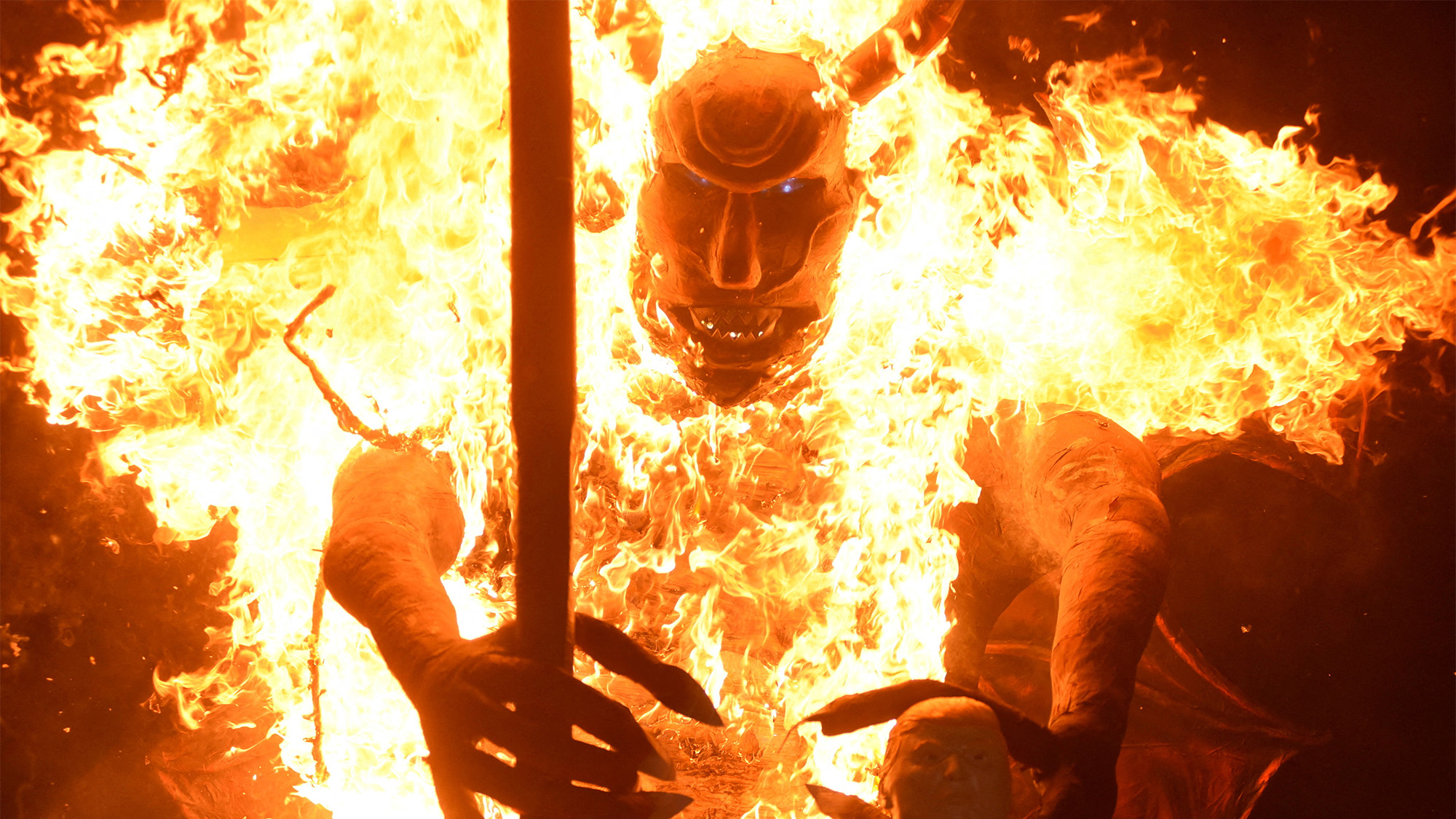 The week’s best photos
The week’s best photosIn Pictures A man's best friend, the elephants in the room, and more
-
 The longevity economy booms as people live longer
The longevity economy booms as people live longerThe Explainer The sector is projected to reach $27 trillion by 2030
-
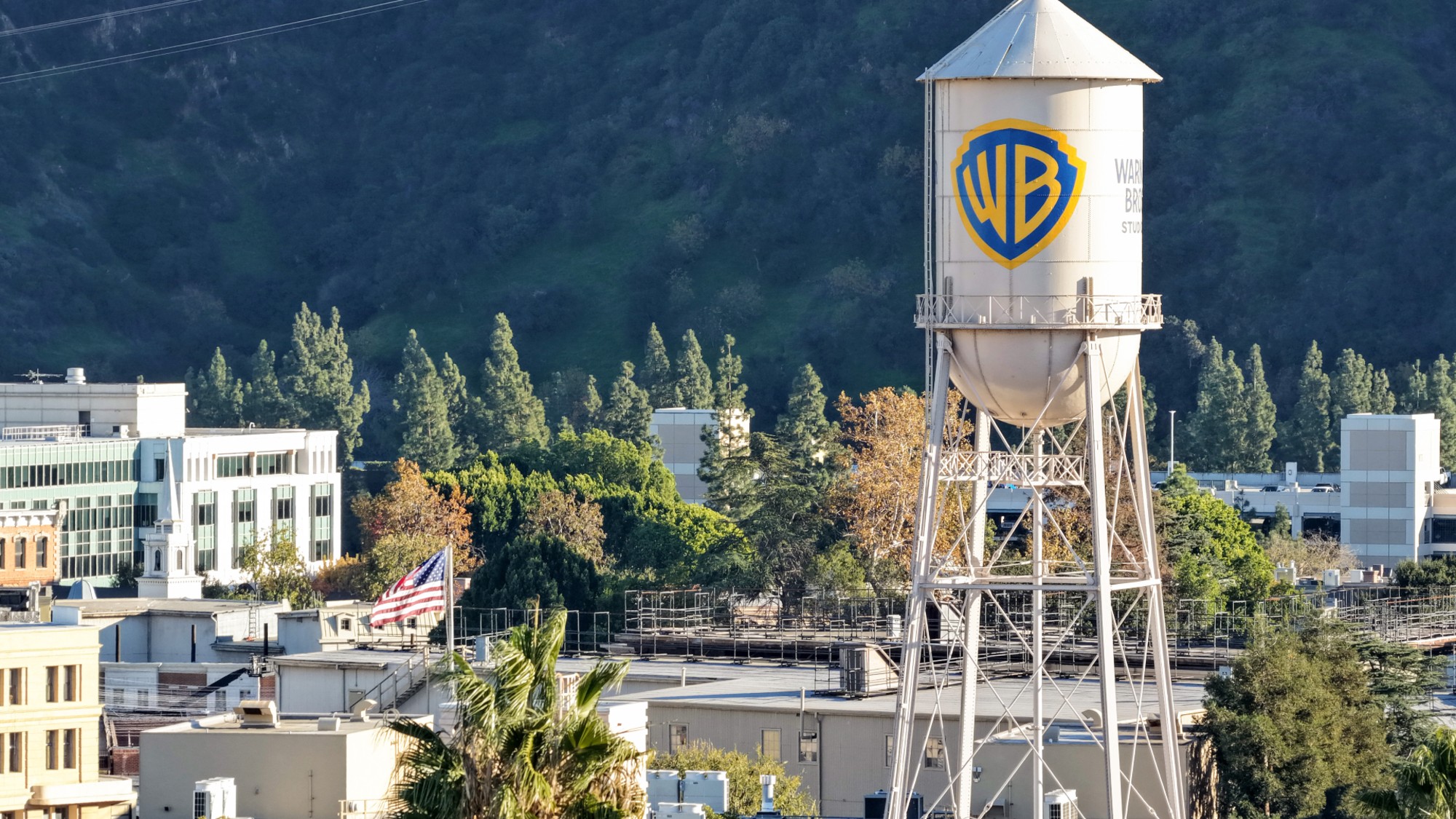 How will the Warner Bros. bidding war affect the entertainment industry?
How will the Warner Bros. bidding war affect the entertainment industry?Today’s Big Question Both Netflix and Paramount are trying to purchase the company
-
 Employees are branching out rather than moving up with career minimalism
Employees are branching out rather than moving up with career minimalismThe explainer From career ladder to lily pad
-
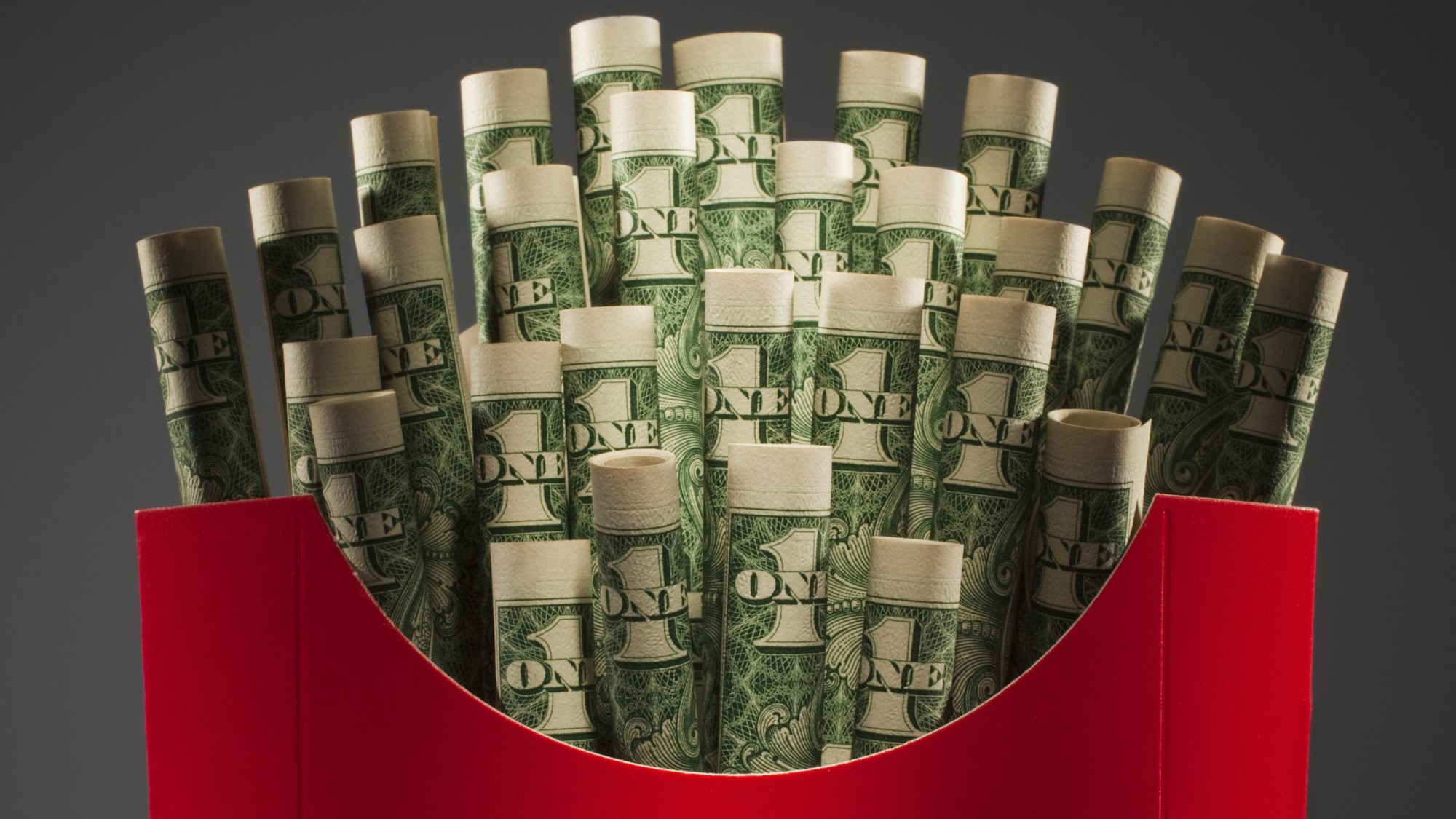 Fast food is no longer affordable for low-income Americans
Fast food is no longer affordable for low-income AmericansThe explainer Cheap meals are getting farther out of reach
-
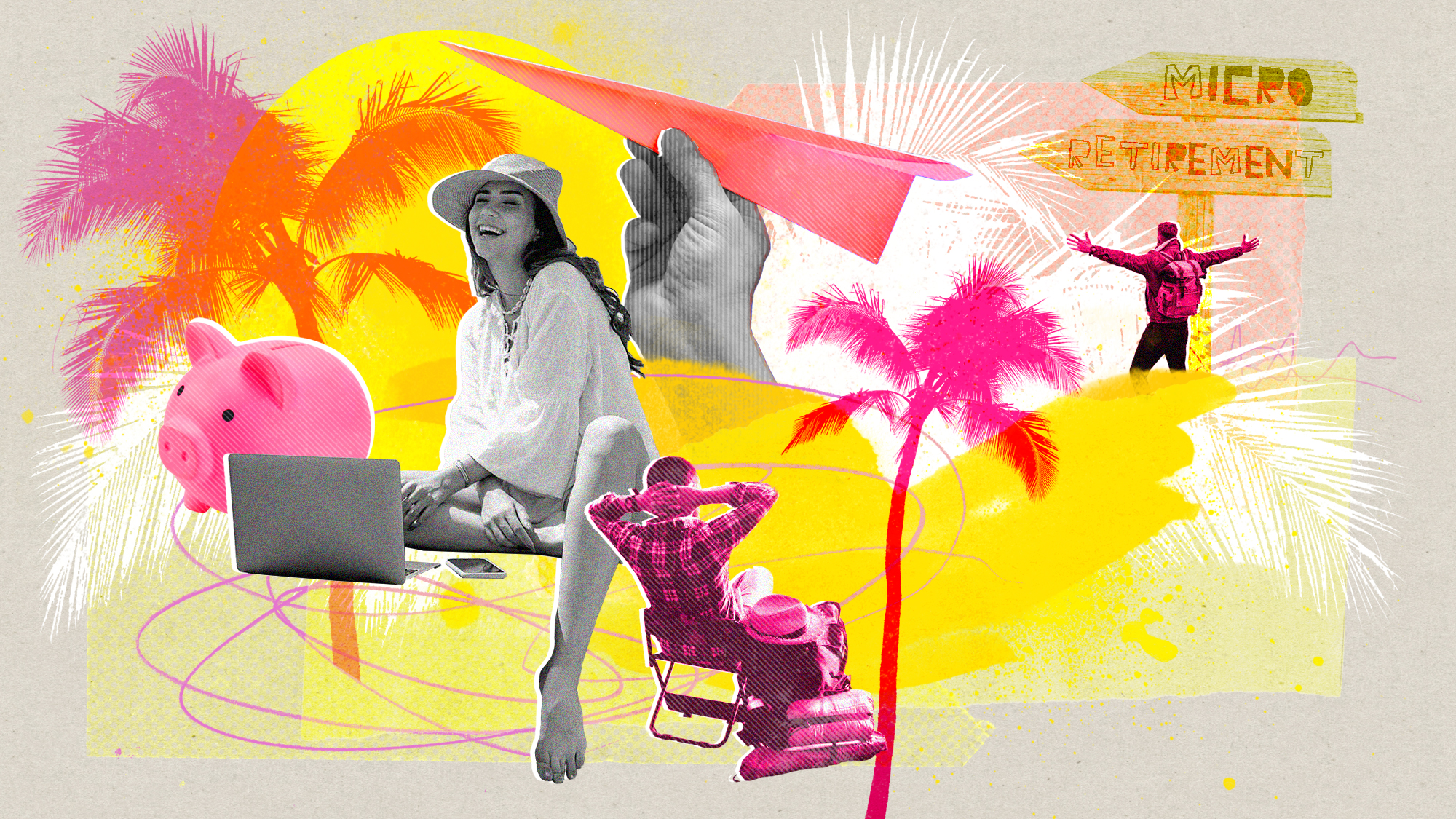 Out of office: Microretirement is trending in the workplace
Out of office: Microretirement is trending in the workplaceThe explainer Long vacations are the new way to beat burnout
-
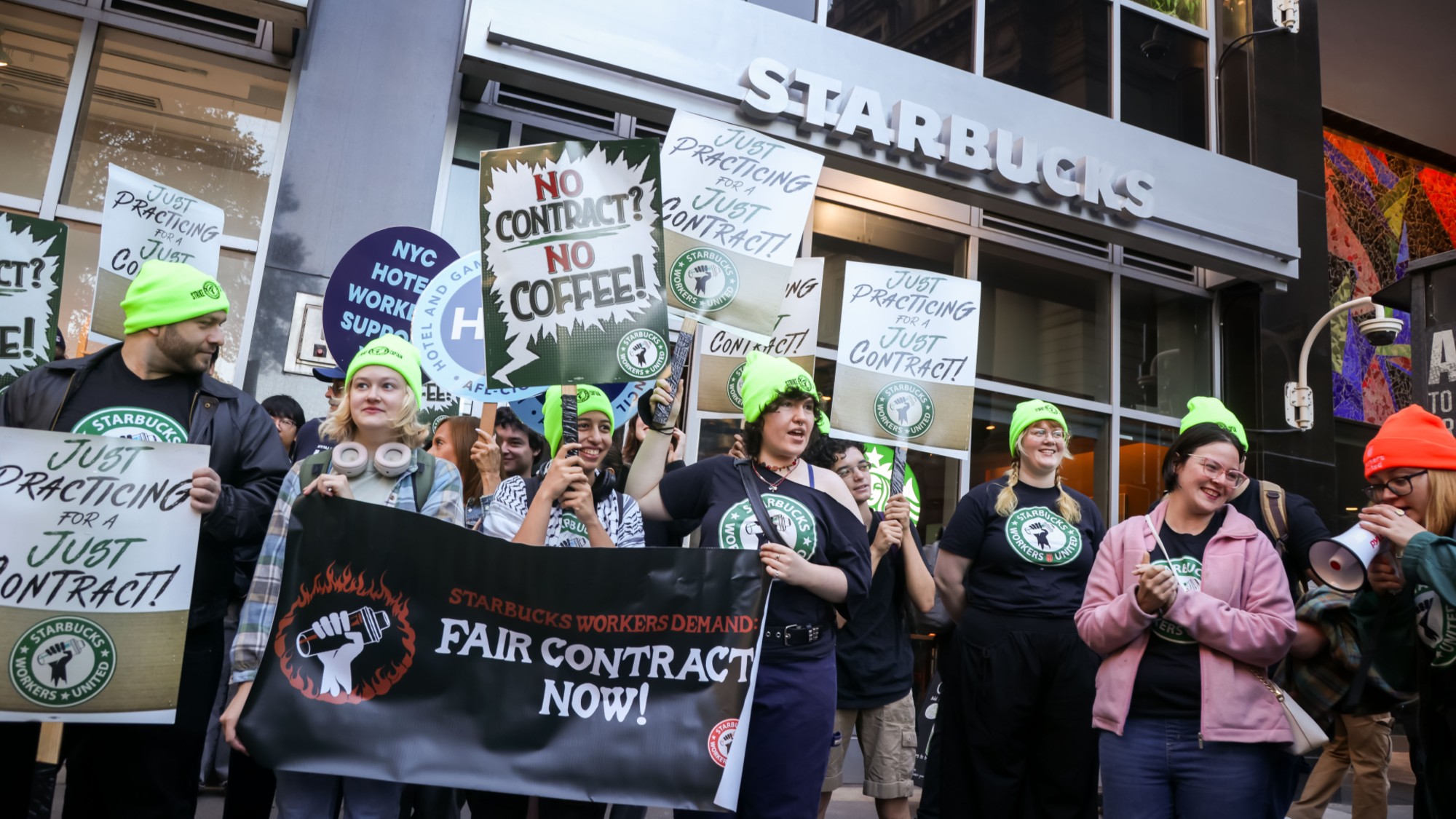 Starbucks workers are planning their ‘biggest strike’ ever
Starbucks workers are planning their ‘biggest strike’ everThe Explainer The union said 92% of its members voted to strike
-
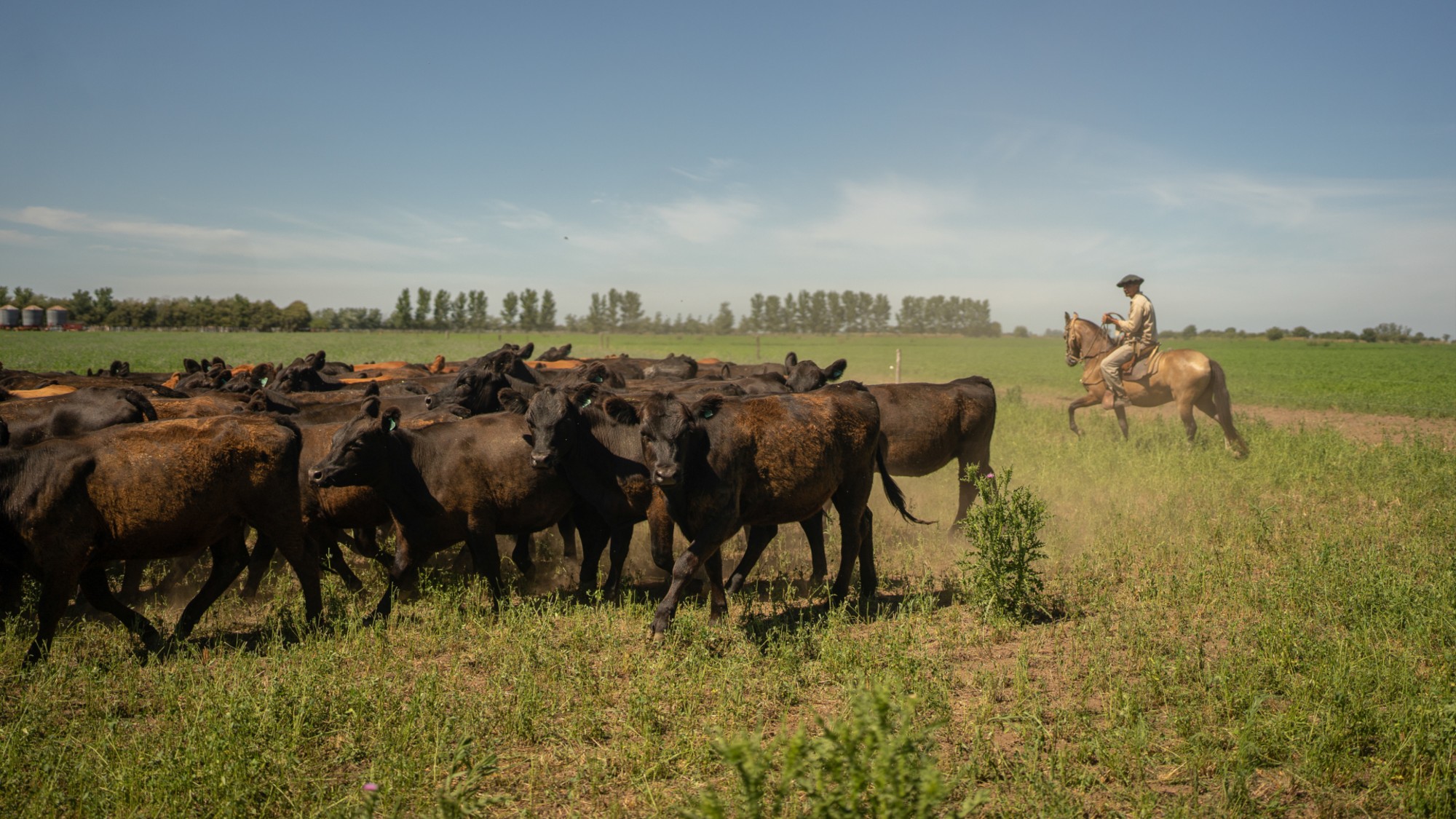 Argentinian beef is at the center of American farmers’ woes
Argentinian beef is at the center of American farmers’ woesThe Explainer ‘It feels like a slap in the face to rural America,’ said one farmer
-
 'Quiet vacationing': a secret revolt against workplace culture
'Quiet vacationing': a secret revolt against workplace cultureThe explainer You can be in two places at once